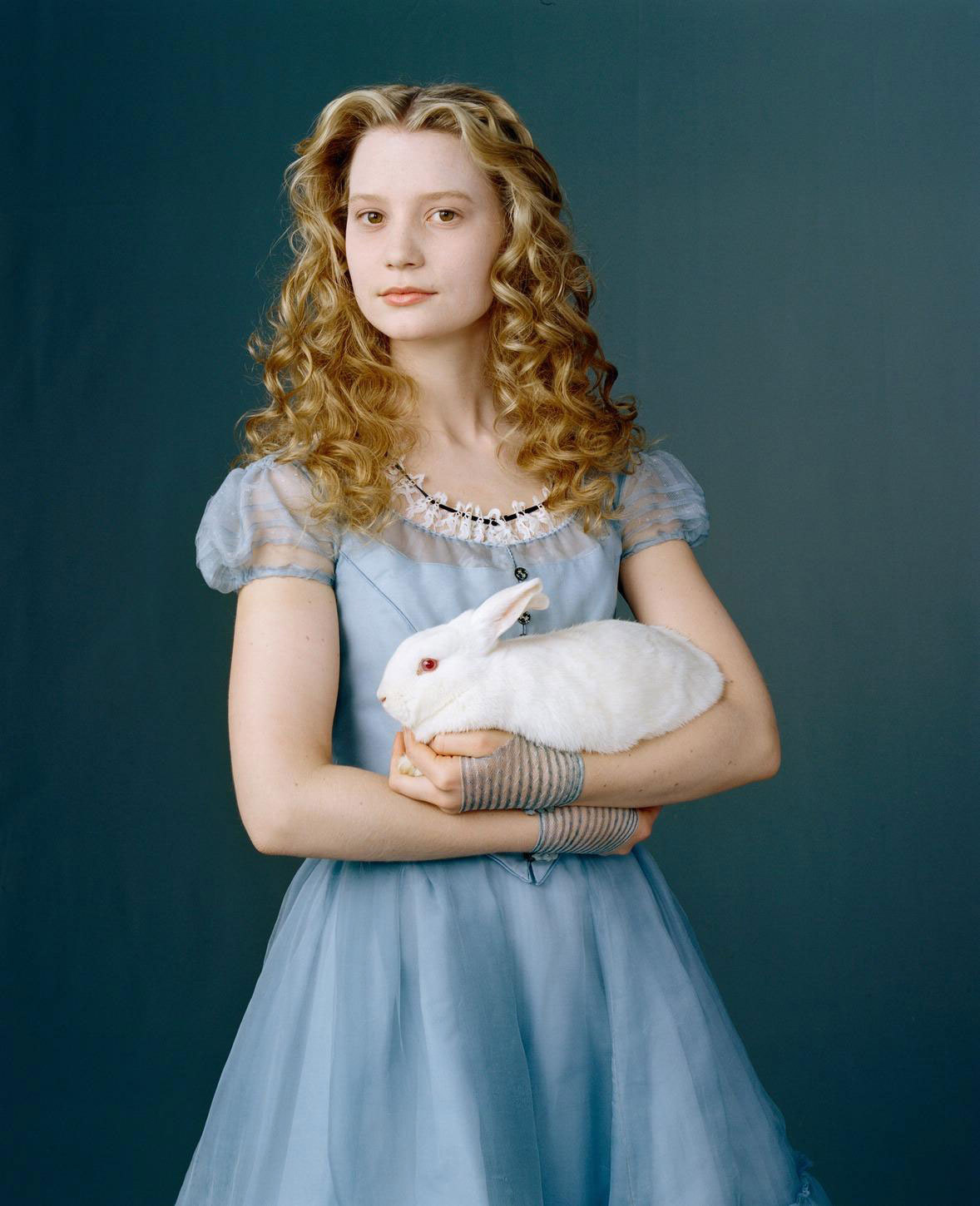In the whimsical world of “Alice in Wonderland,” one of the most memorable moments comes during the Mad Hatter’s tea party, where curiosity invites us to ponder not just the meanings within the story but also the intriguing lives of its characters. But have you ever wondered about the key figures behind the creation of this iconic tale, particularly Alice’s portrayal? What was Alice’s Table, and what kind of net worth did it accrue? Let’s delve into this enchanting narrative, exploring Alice’s early life, education, career, fascinating facts, and any controversies that have surrounded her.
To embark on this journey, we first need to explore the character of Alice, the embodiment of imagination and curiosity. Alice is often portrayed as naive yet clever, a blend of innocence and introspection. While our primary focus is on the nuances of her existence, the term “Alice’s Table” can also symbolically represent the profound depth of both the character and the world she inhabits. The “table” where Alice encounters various peculiar characters is not just a physical space; it is a meeting point of ideas and dreams. Now, how does this translate into net worth?
Concerning financial metrics, Alice as a literary character does not hold a net worth in the traditional sense. However, the adaptations and merchandise stemming from Lewis Carroll’s beloved Alice have amassed a staggering fortune. The original story, published in 1865, has influenced countless films, books, and theatrical productions, leading to an estimated net worth that transcends a mere monetary value. It represents an indelible cultural footprint, stitching itself into the fabric of children’s literature and storytelling.
Tracing back to Alice’s early life, we can see her depicted as a young girl with a vivid imagination. Lewis Carroll, born Charles Lutwidge Dodgson in 1832, crafted Alice based on his affection for the daughter of a close friend, Alice Liddell. This relationship inspired not only Alice’s character but also the fantastical world into which she tumbles. Encouraged by her inquisitive nature, we can argue that the creative spark of this early friendship ignited the fever dream that would become “Alice’s Adventures in Wonderland.”
Education played a pivotal role in shaping Alice’s identity, albeit indirectly. Carroll himself was a man of academia—he studied mathematics at Christ Church, Oxford, and became a lecturer there. He infused his love for language, logic, and storytelling into the narrative, appealing not only to children but to adults as well. Alice’s journey through the looking glass and her interactions with various creatures are peppered with philosophical inquiries and logical puzzles that often leave readers pondering the absurdities of adulthood.
As for Alice’s career, let’s consider her position within the literary realm. Although a fictional character, her legacy echoes through the literary canon, establishing her as a symbol of limitless possibilities and relentless questioning. From animated films to theme park attractions, Alice has become synonymous with creativity and exploration. She serves as an archetype for characters who embody resilience in the face of adversity, a notion that transcends the pages of her story.
Now, let’s pivot to some captivating facts about Alice that only enhance her allure. Did you know that “Alice in Wonderland” was revolutionary for its time? Carroll’s blend of fantasy and nonsensical logic was unprecedented in the Victorian era, challenging conventions that confined children’s literature to didactic tales. Additionally, the book has been translated into more than 80 languages, making it one of the most translated non-religious books of all time. The journey through Wonderland allows readers of all ages to question their reality, an empowering notion indeed.
Of course, Alice has also been the subject of controversy. Critics have at times questioned the moral implications of her adventures, dissecting how her encounters with whimsical yet often chaotic characters might reflect societal norms and values of the time. Some argue that Carroll’s fixation on the absurd leads to a sense of confusion—an underlying suggestion that adulthood is inherently nonsensical. This can initiate a playful debate: Are we ever too far removed from our inner child to embrace the silliness that life can offer?
Moreover, some adaptations of Alice have sparked debates over representation and fitting portrayals. Disney’s animated version, while iconic, has faced scrutiny for its interpretation of the original text, leading some to feel that the nuances of the characters and their complexities were softened or misunderstood. These varying interpretations offer fascinating insights into how Alice has navigated through changing societal tastes and expectations.
In conclusion, the world created by Lewis Carroll invites not only a whimsical escape into fantasy but also a profound reflection on identity, perception, and growth. The value of Alice, both as a character and a symbol, cannot be quantified in traditional terms of net worth. Instead, it is a rich tapestry woven with imagination, curiosity, and societal introspection. So, what will your next adventure look like? Are you ready to question the world around you, just like Alice? The challenges await as we take that first step down the rabbit hole.


